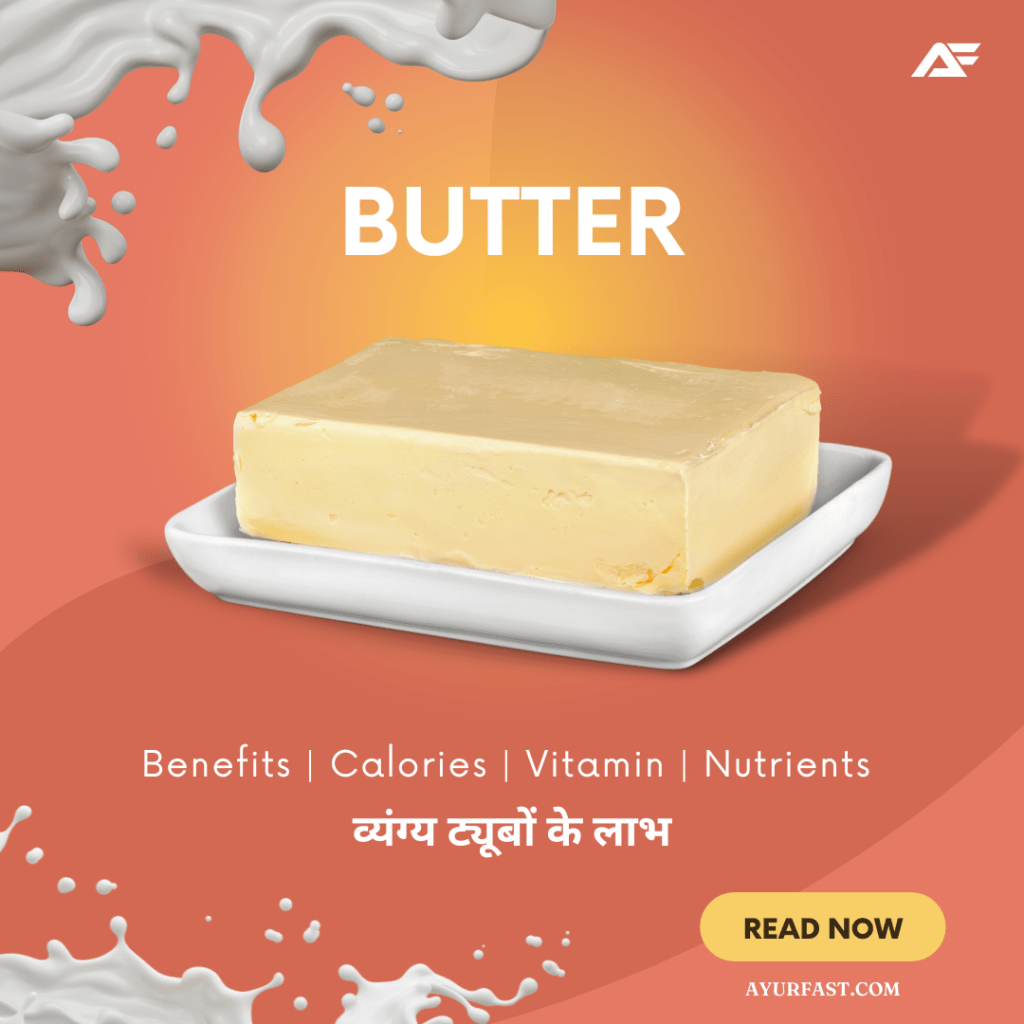About
Skimmed milk, also known as non-fat milk, is milk from which almost all the fat content has been removed through a process of centrifugation. The fat content is typically less than 0.5% in skimmed milk, making it a low-fat dairy product.
Health Benefits of Skimmed Milk:
-
Low in Fat: Skimmed milk is a low-fat dairy product, making it a great choice for people who are trying to reduce their fat intake.
-
Rich in Protein: Skimmed milk is a good source of protein, which is essential for building and repairing tissues, as well as maintaining muscle mass.
-
Good Source of Calcium: Skimmed milk is a good source of calcium, which is essential for healthy bones and teeth.
-
Helps in Weight Loss: Skimmed milk is low in calories and high in protein, which can help in weight loss when consumed as a part of a balanced diet.
-
Good for Heart Health: Skimmed milk is low in saturated fat, which is beneficial for heart health.
Health Losses of Skimmed Milk:
-
Low in Fat-Soluble Vitamins: Skimmed milk has lower levels of fat-soluble vitamins like vitamins A, D, E, and K, which are essential for the body.
-
May Contain Additives: Some brands of skimmed milk may contain additives like sugar or thickeners, which can be harmful to health.
-
Less Flavor: Skimmed milk has less flavor than whole milk, which may be less appealing to some people.
Preparation Method of Skimmed Milk:
The preparation of skimmed milk involves removing the fat content through a process of centrifugation. Here are the steps:
-
Milk is collected from dairy animals.
-
The milk is then allowed to settle, allowing the cream to rise to the top.
-
The cream is then separated from the milk by a centrifugal force, which separates the fat from the milk.
-
The milk is then collected, and the process is repeated until the desired fat content is reached.
Treatments Skimmed Milk Can Be Used For:
Skimmed milk can be used in a variety of ways, including:
-
Drinking on its own or as part of a smoothie or shake.
-
Using in cooking and baking, such as in sauces, soups, and baked goods.
-
Adding to coffee, tea, or hot chocolate.
Harms of Overdose:
Overconsumption of skimmed milk may lead to:
-
Excessive calorie intake: Skimmed milk is lower in fat, but still contains calories. Overconsumption may lead to excessive calorie intake and weight gain.
-
Nutrient deficiencies: Overconsumption of skimmed milk may lead to nutrient deficiencies, as it is lower in fat-soluble vitamins compared to whole milk.
Daily Maximum Consumption Chart:
The following chart provides recommended maximum daily consumption amounts for skimmed milk:
-
Child (ages 2-8): 2 cups (480 ml) per day.
-
Adult man: 3 cups (720 ml) per day.
-
Adult woman: 2 cups (480 ml) per day.
Energy, Macronutrients, and Water Content in 50g of Skimmed Milk:
| Nutrient | Amount per 50g serving |
|---|---|
| Energy | 22 kcal |
| Carbohydrates | 2.5 g |
| Protein | 3.5 g |
| Fat | 0.1 g |
| Fiber | 0 g |
| Water |
44.9 g |
Vitamin Content per 50g serving of Skimmed Milk:
| Nutrient | Amount per 50g serving |
|---|---|
| Vitamin A | 3 mcg |
| Vitamin B1 (Thiamin) | 0.03 mg |
| Vitamin B2 (Riboflavin) | 0.16 mg |
| Vitamin B3 (Niacin) | 0.06 mg |
| Vitamin B6 | 0.03 mg |
| Vitamin B12 | 0.11 mcg |
| Vitamin C | 0 mg |
| Vitamin D | 0.5 mcg |
| Vitamin E | 0.02 mg |
| Vitamin K | 0.2 mcg |
| Folate | 4 mcg |
| Biotin | 0.4 mcg |
Mineral Content per 50g serving of Skimmed Milk:
| Nutrient | Amount per 50g serving |
|---|---|
| Calcium | 129 mg |
| Iron | 0.06 mg |
| Iodine | 4.5 mcg |
| Zinc | 0.15 mg |
| Magnesium | 11.5 mg |
| Phosphorus | 102 mg |
| Potassium | 170 mg |
| Sodium | 56 mg |
| Chloride | 131 mg |
| Copper | 0.02 mg |
| Chromium | 0 mcg |
| Fluoride | 0 mcg |
| Molybdenum | 1 mcg |
| Manganese | 0.01 mg |
| Selenium | 2 mcg |
What is skimmed milk?
Skimmed milk is milk from which almost all the fat content has been removed.
Is skimmed milk healthy?
Skimmed milk is a low-fat dairy option that can be a part of a healthy diet, especially for those trying to limit their fat intake.
How is skimmed milk made?
Skimmed milk is made by separating the cream from the milk and then removing the fat content through a centrifugal process.
Does skimmed milk have the same nutrients as whole milk?
Skimmed milk contains the same nutrients as whole milk except for the fat-soluble vitamins A and D, which are often added back in.
Is skimmed milk good for weight loss?
Skimmed milk can be a part of a weight loss diet as it is a low-fat option, but it should be consumed as a part of a balanced diet.
Can I use skimmed milk in baking?
Yes, skimmed milk can be used in baking as a substitute for whole milk.
Is skimmed milk good for building muscle?
Skimmed milk is a good source of protein, which is essential for building and repairing muscles, but other high-protein foods can also be consumed.
How does the taste of skimmed milk differ from whole milk?
Skimmed milk has a thinner consistency and a slightly blander taste compared to whole milk due to the removal of fat.
Is skimmed milk suitable for lactose intolerant people?
Skimmed milk still contains lactose, so it may not be suitable for lactose intolerant people.
Does skimmed milk have a longer shelf life than whole milk?
Skimmed milk has a slightly longer shelf life than whole milk due to the removal of fat, which can spoil faster.
Can I use skimmed milk in coffee?
Yes, skimmed milk can be used in coffee as a substitute for whole milk.
Is skimmed milk suitable for children?
Skimmed milk can be suitable for children, but whole milk is often recommended for younger children as it contains more fat and calories, which are important for growth and development.
How much protein is in skimmed milk?
Skimmed milk contains approximately 8 grams of protein per cup.
Is skimmed milk good for the skin?
Skimmed milk contains vitamins and minerals that are important for skin health, but there is no evidence to suggest that it is particularly beneficial for the skin.
Can I freeze skimmed milk?
Skimmed milk can be frozen, but the texture may be slightly altered when thawed.
Is skimmed milk a good source of calcium?
Skimmed milk is a good source of calcium, which is important for bone health.









